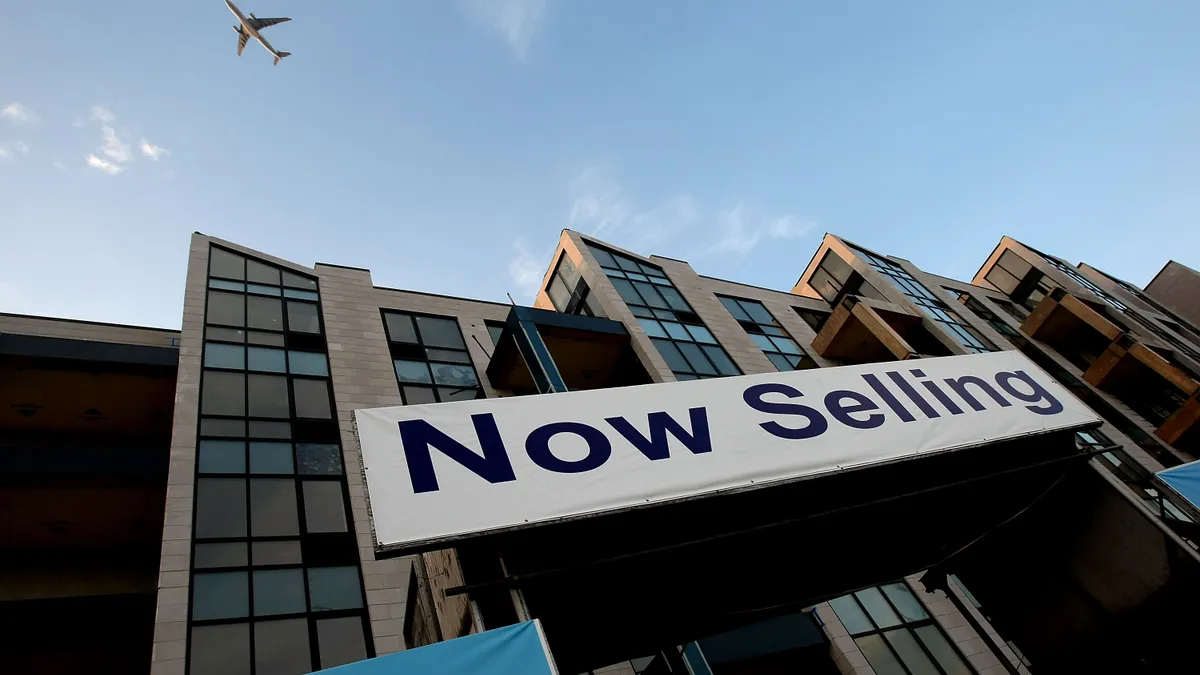By the end of 2024, a significant volume of U.S. hotel debt will come due. In the past, hotel owners might have extended or refinanced their maturing loans, but in the current high interest rate environment, owners may need to consider alternative repayment plans.
Some $5.8 billion worth of U.S. hotel securitized loans will come due for repayment later this year, requiring full payment, refinancing, extension or sale, according to commercial real estate company JLL’s newly released report, “Impending U.S. hotel debt maturities and implications for transactions.”
Many owners will be forced to consider transactions, the company noted, as refinancing in the current environment proves challenging because of high interest rates, rising insurance costs and other financial barriers.
In the report, JLL analyzed the level of financial stress expected to burden hotel owners as the impending maturity date nears. The report also evaluated what repayment paths will be most advantageous.
High interest rates
Due to a variety of financial stressors, some 71.4% of the maturing loans coming due for repayment are in “critical stress,” JLL reported. This means that these loans will be unable to “generate sufficient net operating income to meet their debt obligations,” according to JLL.
Persistently high interest rates are currently causing significant financial strain on hotels, JLL detailed in the report.
Since 2020, average fixed interest rates for U.S. hotel securitized loans have increased by 332 basis points, reaching 7.7% in the first quarter of 2024, JLL found. And interest rates are expected to remain elevated, underpinned by the U.S. Federal Reserve’s ongoing policy of maintaining restrictive rates for a longer period, the company said.
Consequently, borrowers facing impending loan maturities will find refinancing to be “an unfavorable option,” according to JLL.
The high interest rate environment has also made it difficult to source hotel construction financing, forcing developers to stall projects or turn to hotel conversions as an alternative to new construction.
Lagging profitability
Another financial stressor on hotel owners is lagging hotel profitability, JLL detailed in the report.
Despite U.S. hotel RevPAR up 13.2% in 2023 compared to 2019 levels — driven by “robust domestic leisure demand,” JLL said — markets that rely heavily on the recovery of international, business and group demand have seen profitability lag.
This impact is particularly evident in the top gateway markets, where gross operating profit per available room is an average of 20% lower than 2019 levels, according to JLL.
These markets are also facing “high labor costs, increasing property taxes and other operational expenses,” JLL said. Combined, these factors significantly challenge hotel owners’ ability to extend their loan maturities via refinancing.
Rising insurance costs
Hotel owners are also feeling a pinch from rising insurance costs that are “disrupting their cash flows and elevating their credit risk,” according to JLL.
In 2023, New Orleans experienced a 131% surge in property insurance costs compared to 2021, the highest increase among the top 25 U.S. markets, JLL reported. Other top gateway markets including Miami, Los Angeles, Chicago, New York and Boston also experienced double-digit growth in insurance costs, JLL found.
These rising expenses “directly impact hotels’ cash flows,” making it more challenging to meet debt service obligations, JLL said.
Owners turn to transactions
For hotels in “critical stress,” refinancing upon loan maturation may not be a viable option. Owners will instead “pursue transactions as a strong exit strategy,” JLL said. The company forecasts increased hotel transaction volume through the remainder of 2024.
That’s good news for hotel investors, who are faced with a “near-term window of opportunity” to “take advantage of the market dislocation,” JLL noted. But this window won’t be open for long.
JLL predicts that the number of maturing loans in “critical stress” is expected to decline over the next few years, decreasing from 145 loans in 2024 to nine by 2028.











